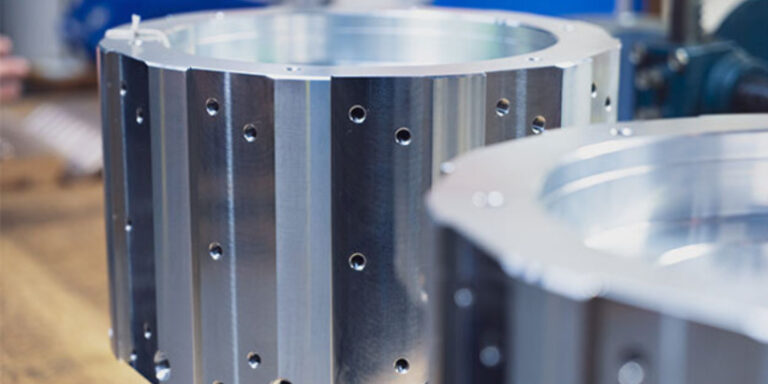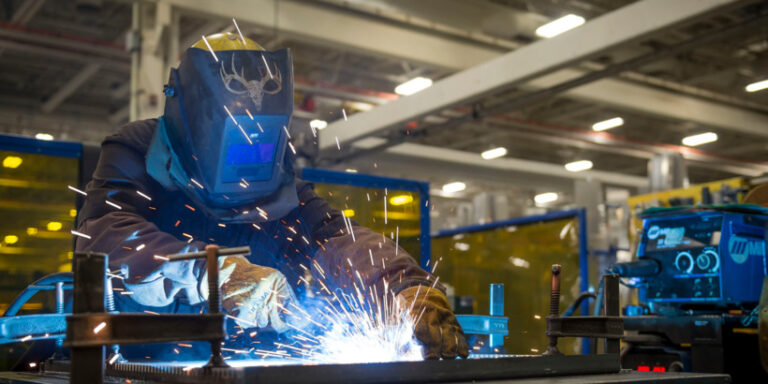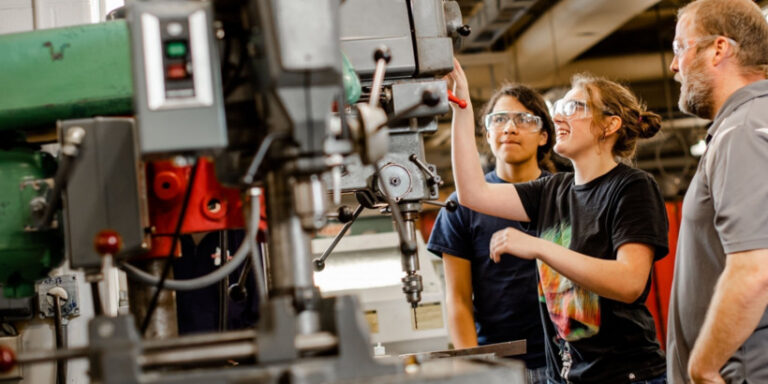The Future Of Renewable Energy In Mechanical Engineering
Did you know that renewable energy sources accounted for 72% of global power expansion in 2019? This statistic alone proves that the world is moving towards clean and sustainable energy.
As mechanical engineers, we have a crucial role to play in this transition as we design and develop technologies that harness these renewable resources.
The future of renewable energy in mechanical engineering looks promising with advancements being made every day. From wind turbines to solar panels, there are various technologies available today that can convert natural resources into usable electricity.
However, there is still much work to be done to make these solutions more efficient and cost-effective.
In this article, we will explore the latest trends and innovations in the field of renewable energy within mechanical engineering and highlight some of the challenges faced by industry professionals.
Table of Contents
Wind Turbines
When it comes to renewable energy in mechanical engineering, one of the most prominent sources is wind turbines.
These towering structures utilize aerodynamic design to capture the kinetic energy present in wind and convert it into usable electricity.
The science behind these machines has come a long way over the years, with advancements such as efficiency optimization leading to even more power generation from each turbine.
As someone who is passionate about sustainability and reducing our reliance on fossil fuels, I am excited to see where this technology will go in the future.
Who knows what other breakthroughs we may see that will make wind turbines an even more viable solution for clean energy production?
Solar Panels
Now, I know what you may be thinking – solar panels are great and all, but they can only produce energy when the sun is shining.
Well, that’s where hybrid systems come in. By combining different renewable energy sources such as wind turbines and geothermal heat pumps with solar panels, we can create a more reliable and consistent source of power.
Additionally, incorporating energy storage technology like batteries allows us to store excess energy produced during peak hours for use later on when the demand is higher. This not only helps eliminate waste but also provides a backup option for times when there isn’t enough sunlight or wind to generate electricity.
With these advancements in place, it’s clear that solar panels will continue to play an integral role in the future of renewable energy in mechanical engineering.
Hydropower
When it comes to renewable energy sources, hydropower is often overlooked.
However, micro hydropower and small scale hydro systems are becoming increasingly popular in the mechanical engineering field for their ability to generate electricity from flowing water without producing emissions or waste.
These systems can be installed on a smaller scale than traditional dams, allowing for more flexibility in placement and reducing environmental impact.
Additionally, advancements in technology have made these systems more efficient and cost-effective.
With the growing demand for sustainable energy solutions, it’s likely that we’ll see even more innovation in this area of hydropower.
Geothermal Energy
I’m really interested in learning more about geothermal energy sources and how efficient they are. Can we talk about the different sources and how efficient geothermal energy is compared to other renewable energy sources?
Geothermal Energy Sources
I have always been fascinated by the power of nature and how we can harness it for our energy needs.
One type of renewable energy that I find particularly interesting is geothermal energy.
This involves tapping into the heat beneath the Earth’s surface to generate electricity or provide heating and cooling systems.
Unlike other renewables like wind or solar, geothermal energy sources are available 24/7 and do not depend on weather conditions.
In addition, they produce no greenhouse gas emissions and require little maintenance once installed.
Although there are challenges in accessing these sources, such as drilling deep wells, technological advancements may soon make this process more efficient and cost-effective.
With nuclear fusion still a distant dream and biomass fuels limited in supply, geothermal energy could play an important role in meeting our future energy demands sustainably.
Geothermal Energy Efficiency
I have always been fascinated by geothermal energy and the potential it holds as a reliable renewable energy source.
However, one aspect that requires attention is its efficiency.
While geothermal power plants produce significantly lower greenhouse gas emissions than traditional methods such as biomass combustion or fossil fuel burning, their overall efficiency can be improved with innovative technologies.
Energy storage systems could help capture excess heat for later use, while advancements in drilling techniques and materials could reduce costs and increase productivity.
With these improvements, geothermal energy has the potential to become even more sustainable and play an increasingly important role in meeting our future energy needs.
Wave And Tidal Power
Moving on to another exciting form of renewable energy in mechanical engineering, let’s talk about wave and tidal power.
The ocean is a vast source of untapped energy that can be harnessed by using the motion of waves or currents.
Wave energy converters are designed to capture the kinetic energy generated by ocean waves and convert it into electricity.
Similarly, tidal turbines work by harnessing the power of ocean currents caused by tides.
These technologies have enormous potential for generating clean and sustainable energy while reducing our reliance on fossil fuels.
With further research and development, wave and tidal power could become significant sources of renewable energy in the future.
Challenges Of Renewable Energy
Wave and tidal power have immense potential to contribute towards renewable energy. However, there are several challenges that we must overcome in order to fully utilize the benefits of these sources.
Speaking of challenges, did you know that only 17% of global electricity generation comes from renewables? That’s a staggering figure considering the amount of research and development that has gone into this field over the years.
In order to make progress towards a sustainable future, we need to address some key issues such as fuel storage and energy efficiency. Here are three specific challenges that we need to tackle:
- Energy storage – The intermittency of renewable energy sources means that excess energy needs to be stored for use during periods of low production.
- Grid integration – Renewable energy sources often require upgrades to existing infrastructure in order to connect with electrical grids effectively.
- Cost-effectiveness – Despite significant reductions in cost over recent years, many renewable options still remain more expensive than conventional alternatives.
To move forward with renewable energy solutions, it’s essential that we find ways to store excess energy effectively while also improving overall energy efficiency through better technology and systems design. By doing so, we can increase our reliance on renewables and reduce our dependence on fossil fuels without sacrificing performance or affordability.
The Future Of Renewable Energy In Mechanical Engineering
When it comes to the future of renewable energy in mechanical engineering, two technologies that are worth mentioning are biomass fuels and fuel cells.
Biomass fuels refer to any organic material such as wood chips, agricultural waste or even municipal solid waste that can be burned or converted into a gas for use as a fuel source. This technology has been around for centuries but recent advancements have made it more efficient and cost-effective.
Fuel cells on the other hand are electrochemical devices that convert hydrogen or another fuel directly into electricity with no combustion involved. They have shown great potential in various applications including transportation, stationary power generation, and portable electronics.
As we move towards a cleaner and more sustainable future, these technologies will play an important role in reducing our reliance on fossil fuels and mitigating the impacts of climate change.
Conclusion
In conclusion, the future of renewable energy in mechanical engineering is bright and exciting. There are many innovative solutions being developed every day to harness the power of nature without causing harm to our planet.
It’s like we’re building a big puzzle with all these different pieces that fit together perfectly, creating a sustainable future for ourselves and generations to come.
However, there are still challenges that need to be addressed. The cost of renewable energy needs to decrease so that it becomes more accessible to everyone, regardless of income level. Additionally, we must find ways to store excess energy generated by these sources so that it can be used during times when they are not producing as much power.
But despite these obstacles, I have no doubt that we will continue to push forward on this journey towards a greener future. We are like explorers discovering new lands and charting unknown territories only now our compass points us towards sustainability and innovation instead of conquest and domination.
And just like those early adventurers who faced great adversity but ultimately succeeded in their goals, we too will overcome any challenges standing in our way.






